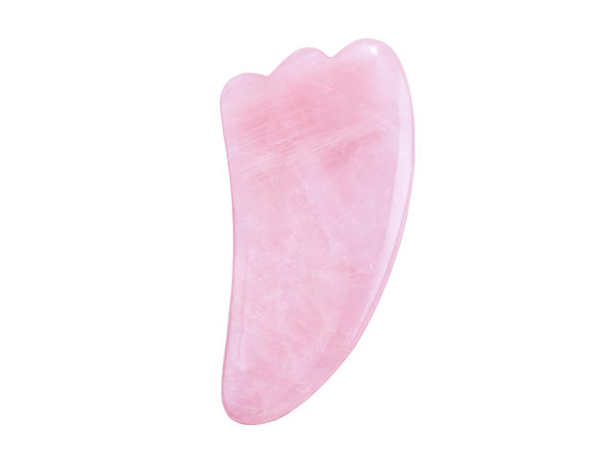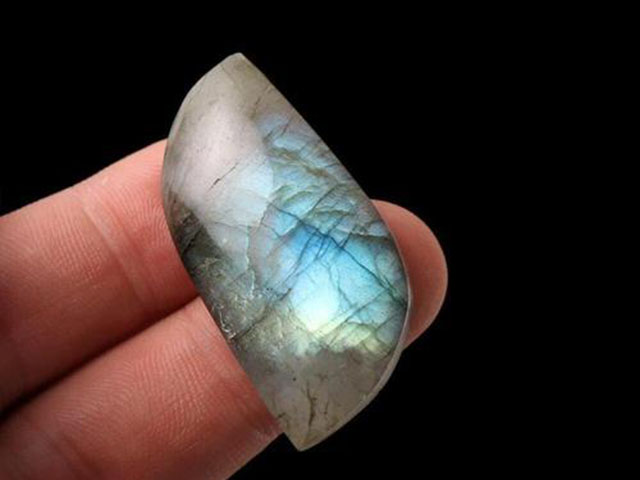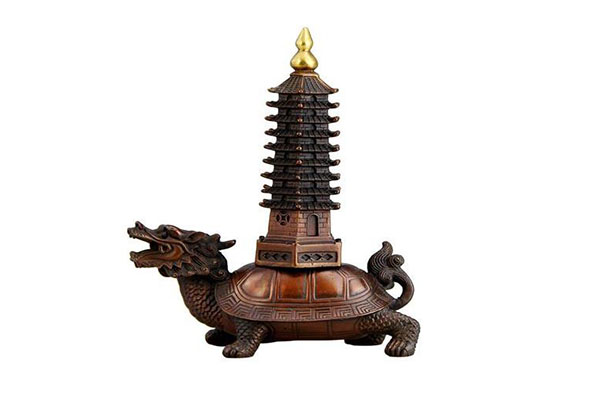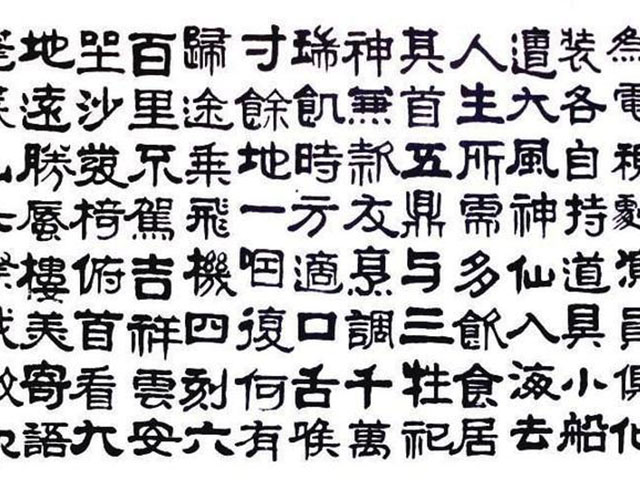Gua sha is an ancient Chinese healing technique that involves scraping the skin with a tool to improve circulation, relieve pain, and promote healing. This practice has been around for thousands of years and is still widely used today. However, with so many different techniques and tools available, it can be challenging to know which gua sha technique is the most effective. In this blog post, we will explore the most effective gua sha techniques and how to choose the right one for your needs.
Understanding the basics of gua sha technique
Before we dive into the most effective gua sha techniques, let’s first understand the basics of gua sha technique.
Tools needed for gua sha
The most common tool used for gua sha is a flat, smooth-edged tool made of jade, rose quartz, or other materials. Some people also use a gua sha board, which is a flat board with a curved edge that is used to scrape the skin.
Preparing the skin for gua sha
Before starting a gua sha session, it’s essential to prepare the skin properly. Begin by cleaning the skin with a gentle cleanser, and then apply a moisturizer or massage oil to help the tool glide smoothly over the skin.
Proper hand positioning for gua sha
To get the most out of gua sha, it’s important to use the proper hand positioning. Hold the tool firmly with your thumb and index finger, and then use your other hand to stretch the skin slightly to create a taut surface.
Direction of strokes for gua sha
When performing gua sha, it’s important to use the proper direction of strokes. Always stroke in a single direction, starting at the center of the treatment area and moving outward.
Most effective gua sha techniques
Accordting to wholesaleguashatools.com expert said,we know the basics of gua sha technique, let’s dive into the most effective gua sha techniques.
Technique 1: Sweeping strokes
Sweeping strokes are a popular gua sha technique that involves using the tool to sweep the skin in a smooth, fluid motion. This technique is great for stimulating blood flow and reducing inflammation.
To perform sweeping strokes, hold the tool at a slight angle and use a gentle, sweeping motion to scrape the skin in the direction of the lymphatic flow. Start at the center of the treatment area and move outward, repeating the process until the entire area has been treated.
Technique 2: Circular strokes
Circular strokes involve using the tool to make small circles on the skin. This technique is great for improving circulation and breaking up tension in the muscles.
To perform circular strokes, hold the tool at a slight angle and use a gentle, circular motion to scrape the skin in a circular pattern. Start at the center of the treatment area and work your way outward, repeating the process until the entire area has been treated.
Technique 3: Scraping strokes
Scraping strokes are a more aggressive gua sha technique that involves using the tool to scrape the skin firmly. This technique is great for breaking up adhesions in the muscles and promoting healing.
To perform scraping strokes, hold the tool at a 45-degree angle and use a firm, scraping motion to scrape the skin in the direction of the lymphatic flow. Start at the center of the treatment area and move outward, repeating the process until the entire area has been treated.
Technique 4: Press-stroking
Press-stroking is a gentle gua sha technique that involves using the tool to press and stroke the skin. This technique is great for promoting relaxation and reducing tension in the muscles.
To perform press-stroking, hold the tool at a slight angle and use a gentle, pressing motion to press the tool into the skin and then stroke in the direction of the lymphatic flow. Start at the center of the treatment area and move outward, repeating the process until the entire area has been treated.
How to choose the right gua sha technique for your needs
Choosing the right gua sha technique depends on several factors, including your skin type and concerns, the body part you want to treat, your sensitivity level, and personal preference.
Skin type and concerns
If you have sensitive skin, it’s best to stick with gentle techniques like sweeping or press-stroking. If you have acne-prone skin, avoid using scraping strokes in the affected area, as it can irritate the skin further.
Body part to be treated
Different techniques are better suited for different body parts. For example, circular strokes work well on the face, while scraping strokes are better for larger muscle groups like the back and legs.
Sensitivity level
If you have a low pain tolerance, avoid using scraping strokes, as they can be more intense than other techniques. Instead, opt for gentle techniques like press-stroking or sweeping.
Personal preference
Ultimately, the most effective gua sha technique is the one that feels most comfortable and effective for you. Experiment with different techniques and tools to find the one that works best for your needs.
Tips for safe and effective gua sha practice
To get the most out of gua sha while staying safe, there are several tips you should keep in mind.
Avoiding sensitive areas
Avoid using gua sha on sensitive areas like the eyes, mouth, and throat. Stick to larger muscle groups like the back, legs, and arms.
Not applying too much pressure
Gua sha should be done with a gentle to moderate pressure. Applying too much pressure can cause bruising and skin irritation.
Not using gua sha on broken skin
Do not use gua sha on broken or irritated skin, as it can further damage the skin and lead to infection.
Being gentle with the neck area
The neck area is particularly sensitive, so use gentle techniques and light pressure when treating this area.
Conclusion
Gua sha is a powerful healing technique that has been used for thousands of years to promote healing, reduce pain, and improve circulation. By using the proper gua sha technique, you can experience these benefits firsthand. Experiment with different techniques and tools to find the one that works best for your needs, and remember to always practice gua sha safely and effectively.




